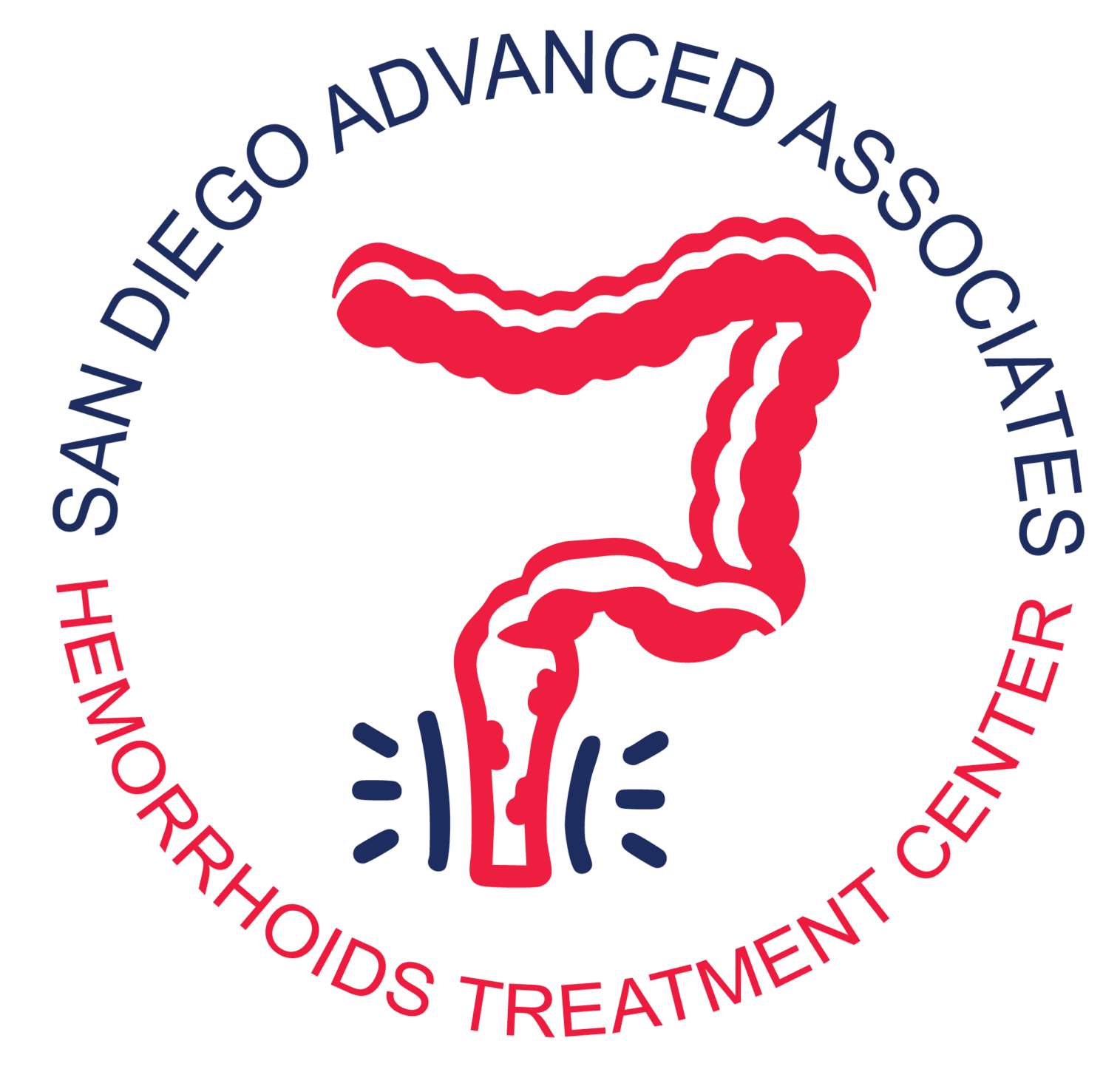HEMORRHOID FAQS
- Home
- HEMORRHOID FAQS
Hemorrhoids are cushions of tissue containing swollen blood vessels in the lower rectum or around the anus. Hemorrhoids can cause discomfort, itching, bleeding, and sometimes severe pain.
Hemorrhoids are caused by too much pressure in the veins of the rectum, which can be the result of a variety of factors. Hemorrhoids can be linked to diet, constipation, diarrhea, obesity, pregnancy and childbirth, and even sitting for extended periods of time.
See our Hemorrhoid Signs and Symptoms page for help in determining if you’re suffering from hemorrhoids. The best way to be sure of the source of your discomfort, though, is to come in for a consultation.
Hemorrhoids can’t always be prevented, but you can reduce your chances by avoiding some of the main hemorrhoid causes, like constipation. Whether you’ve had hemorrhoid treatment before or not, it’s a good idea to:
Get enough fiber.
Reduce your intake of high-fat, low-fiber foods, like red meat and dairy, which can cause constipation.
Drink eight glasses of water a day.
Avoid straining during bowel movements. If you don’t have a bowel movement within a few minutes of sitting on the toilet, come back later, which can help you avoid straining.
During periods of extended sitting, stay hydrated, eat fiber, and walk around as often as you are able.
Over 95% of hemorrhoids can be treated using the CRH O’Regan System®, meaning less than 5% of hemorrhoids require surgery. The sooner you seek treatment for a hemorrhoid, the lower your chances of needing surgery will be.
A tiny rubber band is placed around the base of the hemorrhoid, which cuts off blood supply to the area. Within a few days, the banded tissue and band will shrink and fall off, usually without you noticing.
Everyone has three hemorrhoid columns and most often, when one is affected, all three are affected. Generally speaking, a patient will require three treatments, with one band placed during each visit.
No. With the procedure we use (the CRH O’Regan System®), band placement is painless and over 99% of patients experience no significant post-procedural pain.
You can typically return to work and resume your normal activities immediately following the procedure (but refrain from vigorous activity until the following day).
